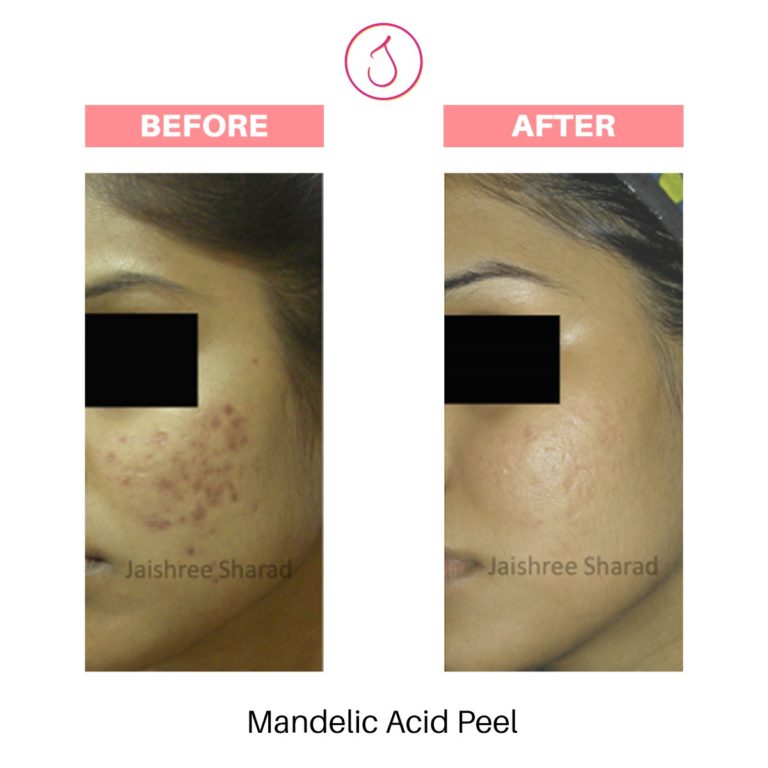We at Skinfinitii are taking all necessary steps to maintain safety of our patients and staff. Your safety is of utmost importance to us.
We have hand sanitizers at the entrance as well as in all the rooms.
We give you shoe covers and masks if needed.
Our staff wears protective masks and shields at all times.
We stagger appointments so that only one patient is in the clinic at a time.
We request our patients to come without any accompanying person.
We do not give appointments to any patients who have been COVID contacts in the last 2 weeks.
We maintain the highest standards of cleanliness in our clinics.
We sanitise every equipment, door knobs, beds after every patient leaves the clinic and before another patients comes.



